|
Home
Page 1/6
Page 2/6
Page 3/6
Page 4/6 (this page)
Page 5/6
Page 6/6
|
El Hierro, the youngest Canary.
Island of landslides
webpage 4/6
Text: Annemieke van Roekel, geoscience journalist
www.vuurberg.nl.
This article was first published in Gea Magazine (September 2022).
Hydromagmatic eruptions
On El Hierro some examples of
hydromagmatic eruptions, from the third volcanic phase, can be seen, when magma
comes into contact with (sea) water
and the eruptions are more explosive due to rapid cooling and steam production. During this process, the
volume increases by a factor of a thousand.
The result is the characteristic yellow/orange color of the tephra, caused by the
formation of palagonite (a mixture of phylosilicates and zeolite). This can be seen at the crater of Hoya
de Fireba (fig. 7 and 8), which is also a geosite. A second example is found near the beach
of Verodal, an outcrop of part of a tuff ring (fig. 9).
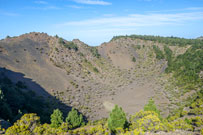
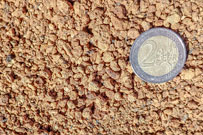
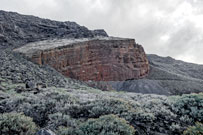
Fig. 7. Crater of La Hoya de Fireba (450 diameter, 160 m deep), the result
of both strombolian and hydromagmatic eruptions, located at the center
of the three axes, on top of the cliff of El Golfo. Fig. 8. Detail of
yellow lapilli on the crater rim. Fig. 9. Outcrop of a tuff ring in the far west
of El Hierro. Photos by A. van Roekel.
Sand from the red beach of Playa Verodal
At the foot of the El Vallito cliff, at the end of the northwestern rift (NWR on Fig. 5),
lies the "red beach" of Verodal (Fig. 10). At the top of the cliff is a red
cone of lapilli: Montaña de los Charcos. Although from afar the beach looks
gray at first glance, up close the sand has
a tinge of red and you also notice how coarse the sand is.
The macro
photographs of the Verodal sand clearly match the sources: the lava (cliff) and lapilli
(from the cone above it), which enclose the beach. The grains are black, dark gray
and red and consist of unaltered to partially oxidized basalt fragments (Figs. 11).
Fig. 12 shows olivine grains isolated from the sand sample.
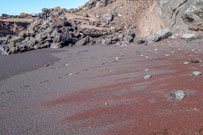
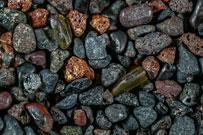
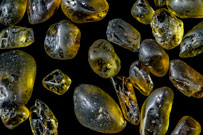
Fig. 10. Playa del Verodal, enclosed by the El Vallito cliff. The beach sand
is a mixture of red and gray, rather coarse grains. Fig. 11. Macro photos of the 'red sand'
of Playa del Verodal. Gray/black: basalt; red: oxidized basaltic lapilli, with
clearly visible gas bubbles; green: olivine. Fig. 12. Isolated olivine grains.
FOV: 8 mm. Photos by Jacques Feijen.
Page 1/6
Page 2/6
Page 3/6
Page 4/6
Page 5/6
Page 6/6
Copyright: Annemieke van Roekel
Last update: December 28, 2022
|